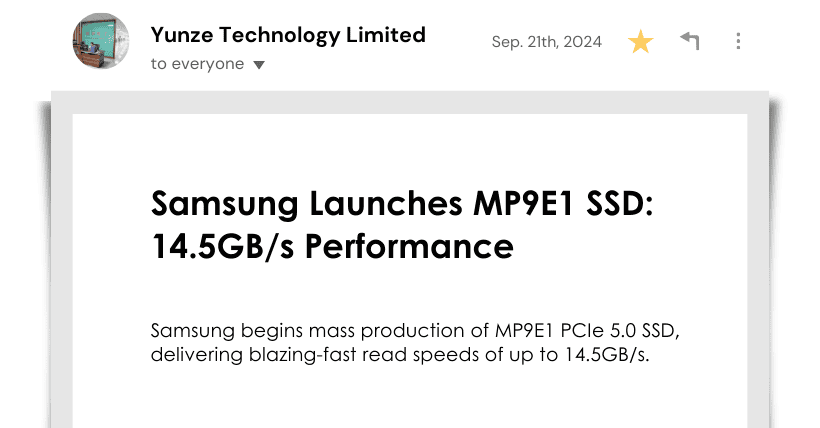| Generation | Year of Release | Data Transfer Rate | Bandwidth x1 | Bandwidth x16 |
|---|---|---|---|---|
| PCIe 1.0 | 2003 | 2.5 GT/s | 250 MB/s | 4.0 GB/s |
| PCIe 2.0 | 2007 | 5.0 GT/s | 500 MB/s | 8.0 GB/s |
| PCIe 3.0 | 2010 | 8.0 GT/s | 1 GB/s | 16 GB/s |
| PCIe 4.0 | 2017 | 16 GT/s | 2 GB/s | 32 GB/s |
| PCIe 5.0 | 2019 | 32 GT/s | 4 GB/s | 64 GB/s |
| PCIe 6.0 | 2021 | 64 GT/s | 8 GB/s | 128 GB/s |
Currently, in the consumer solid-state drive (SSD) market, PCIe 4.0 SSDs have gradually replaced PCIe 3.0 SSDs to become the mainstream choice for consumers.
Although SSD prices have seen a slight increase recently due to various reasons, the overall trend remains downward. As a result, many people have started paying attention to PCIe 5.0 SSDs.
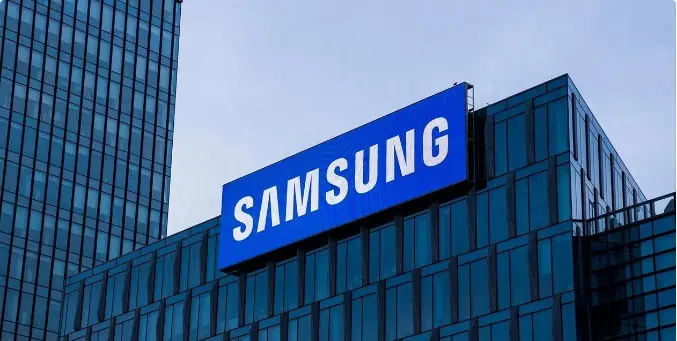
Speaking of PCIe 5.0 SSDs, the situation is somewhat awkward. Since Intel’s 12th Gen Core processors and 600 series motherboards, native support for PCIe 5.0 SSDs has been available. However, PCIe 5.0 SSD technology is still immature, with high costs and prices, and has not yet become widespread, being adopted mainly by high-end users.
The performance boost of PCIe 5.0 SSDs compared to the previous generation is quite “brutal.” Theoretical performance jumps directly from 8GB/s to 16GB/s (see Figure 1). However, achieving this theoretical value is very difficult, as it requires doubling the performance of the controller and memory chips. The power consumption and heat dissipation issues are also harder to balance. Currently, the performance of PCIe 5.0 SSDs on the market typically ranges from 12GB/s to 14GB/s, with further improvement being very challenging.
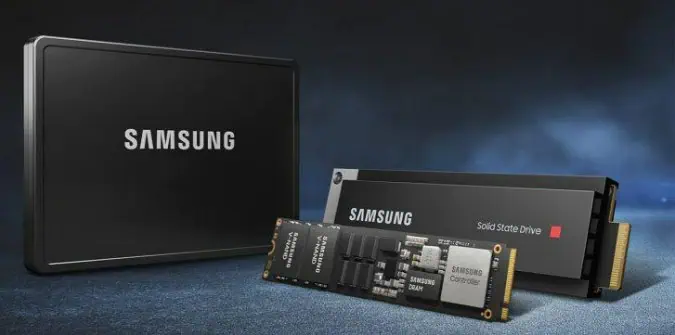
However, there is good news recently. On September 19th, Samsung announced that it had begun mass production of the PM9E1 SSD, which is a PCIe 5.0 SSD “with the industry’s highest performance and largest capacity.”
Samsung stated that the PM9E1 uses its self-developed controller, manufactured using a 5nm process, and the eighth-generation V-NAND (V8) memory chips. Compared to its predecessor, the PM9A1a, it offers significant improvements in performance, storage capacity, energy efficiency, and security.
Specifically, the PM9E1 has a read speed of 14.5GB/s and a write speed of 13GB/s, while the PM9A1a has a read speed of 7GB/s and a write speed of 5.2GB/s. This shows that the performance of the PM9E1 has effectively doubled.
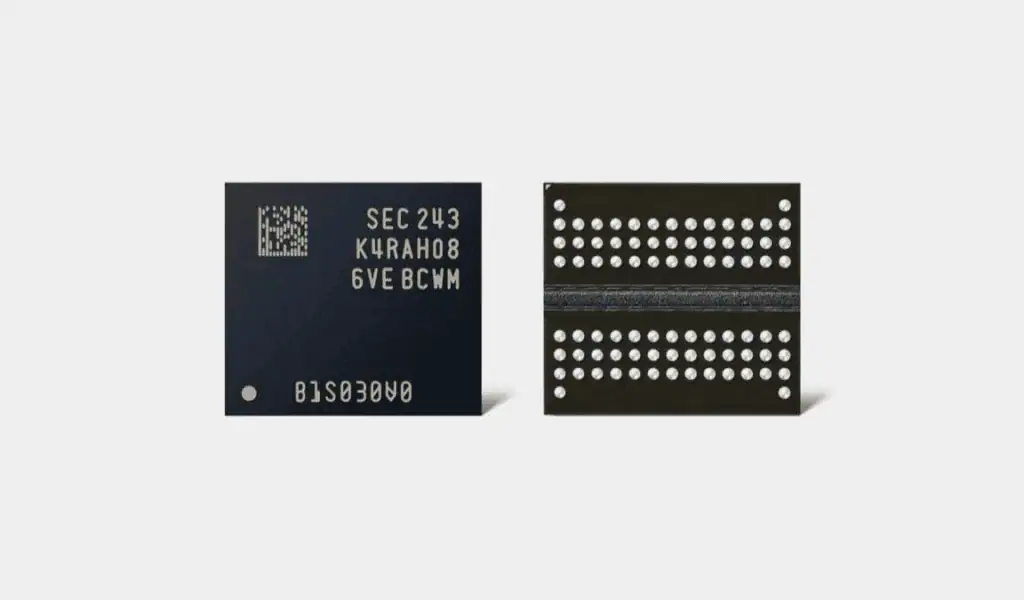
Additionally, the durability of the PM9E1 SSD has also doubled, reaching 2400 TBW, compared to the PM9A1’s 1200 TBW. Power efficiency has also improved by 50%.
It is reported that Samsung will offer the PM9E1 in multiple capacity versions, including 512GB, 1TB, 2TB, and 4TB. Some might be eager to know the price of the PM9E1 SSD, but Samsung has not disclosed it yet, though it’s expected to be expensive.
It’s important to note that the PM9E1 SSD is not just a “PPT product.” Samsung revealed that this series of SSDs “began mass production last month,” but there is no clear information on when they will be available for sale.
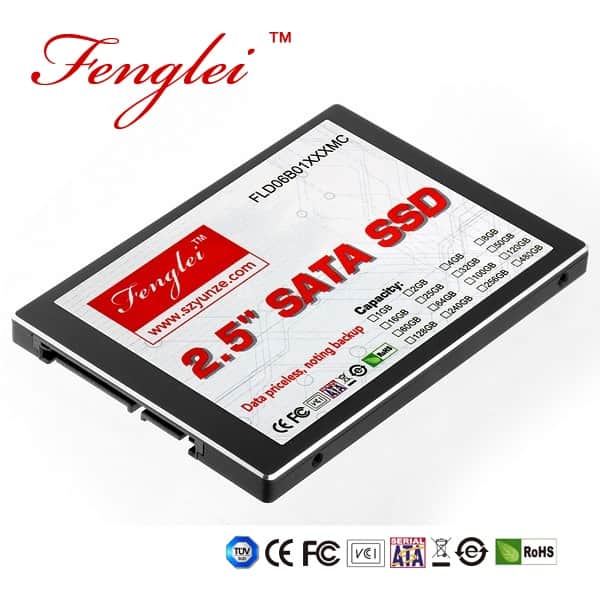
Finally, Samsung stated that more consumer-grade PCIe 5.0 SSD products will be launched in the future, though no specific details or release dates were provided.
Overall, for general digital hardware enthusiasts, there’s no need to worry about any technical bottlenecks in SSDs. Their performance (and capacity) is steadily and rapidly improving. The only concern is one’s budget—only with sufficient funds can one experience the ultimate performance as soon as possible.
Related:
- SSD Data Loss After Power-Off? What You Need to Knowc
- SanDisk Launches PCIe 5.0 SSD: Just 7W Power Consumption

Disclaimer:
- This channel does not make any representations or warranties regarding the availability, accuracy, timeliness, effectiveness, or completeness of any information posted. It hereby disclaims any liability or consequences arising from the use of the information.
- This channel is non-commercial and non-profit. The re-posted content does not signify endorsement of its views or responsibility for its authenticity. It does not intend to constitute any other guidance. This channel is not liable for any inaccuracies or errors in the re-posted or published information, directly or indirectly.
- Some data, materials, text, images, etc., used in this channel are sourced from the internet, and all reposts are duly credited to their sources. If you discover any work that infringes on your intellectual property rights or personal legal interests, please contact us, and we will promptly modify or remove it.



